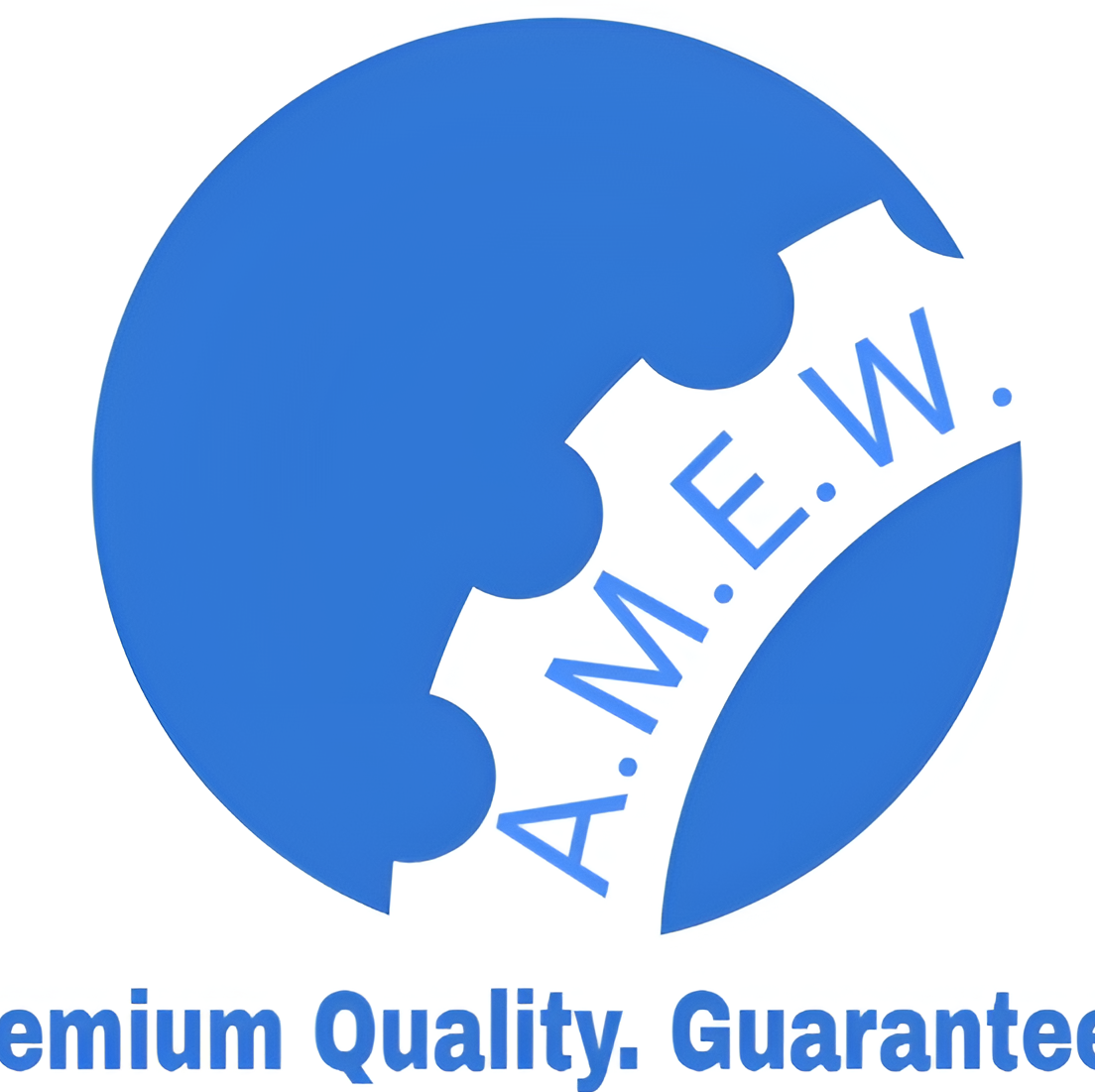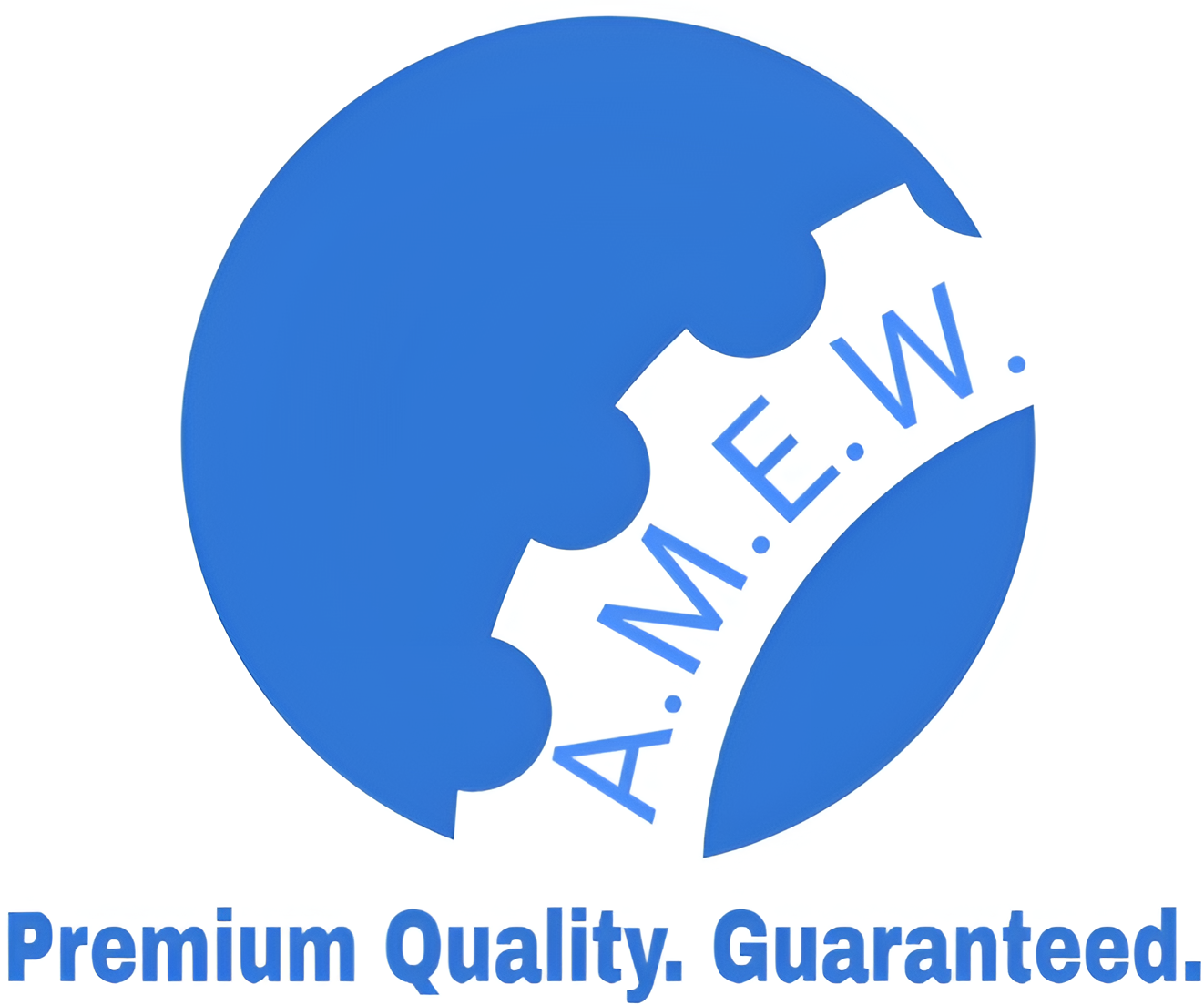The Ultimate Guide to Stainless Steel Pipes
Stainless steel pipes play a crucial role in countless industries, from construction to transportation and even healthcare. While their durability and sleek appearance are commonly known, there’s much more to these versatile materials. If you’ve been curious about what makes stainless steel pipes so essential or are considering using them in your next project, you’re in the right place.
This blog will explore everything you need to know—from their key properties and types to the advantages and care tips that will maximize their lifespan. By the end, you’ll gain a clearer understanding of how stainless steel pipes can enhance your operations or infrastructure.
Why Stainless Steel Pipes Are a Big Deal
Stainless steel pipes are made from an alloy of iron and chromium, with at least 10.5% chromium content. This unique composition gives stainless steel its defining properties, such as corrosion resistance, strength, and an elegant finish. These pipes have long been favored for their ability to withstand harsh conditions, resist rust, and maintain their structural integrity over time.
What makes them so popular? It’s their versatility and durability. Whether you’re working on a plumbing project or planning a complex industrial setup, stainless steel pipes are an excellent choice. Below, we’ll take a closer look at their properties.
Properties and Benefits of Stainless Steel Pipes
Stainless steel pipes bring a variety of benefits to the table:
Corrosion Resistance
One of the primary advantages of stainless steel pipes is their resistance to rust and corrosion. The chromium in the alloy reacts with oxygen to create a protective layer on the surface, ensuring long-term performance, even in corrosive environments such as marine or chemical industries.
Durability and Strength
Stainless steel pipes are exceptionally strong, making them ideal for high-pressure applications. They don’t easily warp or deteriorate, even under mechanical stress, high temperatures, or rough conditions.
Aesthetic Appeal
The shiny, polished appearance of stainless steel gives it an edge when it comes to applications requiring visual appeal, such as architectural designs or kitchen fixtures. It combines functionality with a modern aesthetic.
Eco-Friendly
Stainless steel is 100% recyclable, contributing to sustainability efforts in construction and manufacturing. At the end of its life cycle, stainless steel can be entirely repurposed, reducing environmental impact.
Hygiene
Due to its non-porous surface, stainless steel is easy to clean and doesn’t harbor bacteria or grime. This makes it the material of choice for food-grade and medical applications.
Minimal Maintenance
Though highly durable, stainless steel pipes require relatively low effort to maintain their quality. A simple cleaning routine can help retain their sheen and prolong their lifespan.
Now that we’ve covered the properties of stainless steel, let’s consider the types and grades that are available.
Types of Stainless Steel Pipes
Not all stainless steel pipes are created equal. Depending on your application, different grades and manufacturing processes can influence performance. Here’s an overview of the most common types:
Grades of Stainless Steel Pipes
- 304 Stainless Steel
Known as the most versatile and widely used grade, 304 is resistant to corrosion in various environments. Its high chromium content makes it ideal for everyday plumbing, food processing, and decorative purposes.
- 316 Stainless Steel
With added molybdenum, 316 stainless steel offers enhanced resistance to chloride corrosion. It performs exceptionally well in saltwater or chemical-rich environments, often used in industrial, marine, and pharmaceutical applications.
Common Variants
- Seamless Pipes
Seamless stainless steel pipes are manufactured using a process that creates a smooth, continuous surface without welding seams. These pipes are preferred for high-pressure applications due to their strength and uniformity.
- Welded Pipes
Constructed by rolling steel and welding the seam, welded pipes are cost-effective and suitable for lower-pressure applications. They’re widely used in structural or aesthetic projects.
- Polished Pipes
These are stainless steel pipes with a polished surface finish, commonly used in interiors or spaces where aesthetics matter.
Industries and Applications of Stainless Steel Pipes
Stainless steel pipes serve a diverse range of industries, given their versatility. Here are some common applications:
- Construction
Used for plumbing systems, handrails, and architectural elements, stainless steel pipes add both functionality and style to construction projects.
- Transport and Automotive
Stainless steel pipes are found in exhaust systems, fuel lines, and structural components due to their resistance to heat and corrosion.
- Food and Beverage
Their smooth surface ensures hygiene, making them ideal for processing and transporting food products or liquids without contamination.
- Chemical and Oil Industries
Resistant to corrosive chemicals and high-pressure environments, stainless steel pipes are indispensable for transporting hazardous materials.
- Medical and Pharmaceutical
With their non-toxic surface and ease of sterilization, stainless steel pipes are often used in medical devices, surgical instruments, and pharmaceutical processing.
Every material has its strengths and weaknesses, so it’s essential to also understand the limitations of stainless steel pipes.
Advantages and Disadvantages of Stainless Steel Pipes
While stainless steel pipes have many benefits, they may not be the perfect fit for every project. Here’s how they compare:
Advantages
- Long lifespan, often outlasting alternative materials.
- High resistance to damage, rust, and heat.
- Easy to clean and maintain.
- Great look and aesthetic value.
- Environmentally friendly and fully recyclable.
Disadvantages
- Higher Initial Cost: Stainless steel is more expensive to purchase compared to alternatives like PVC or traditional steel.
- Weight: While strong, stainless steel is heavier, which could pose challenges in specific applications.
- Scratches: Though durable, the polished surfaces are prone to scratching, especially in high-abrasion environments.
Maintenance Tips for Stainless Steel Pipes
To ensure durability and longevity, some maintenance is required. Follow these tips to keep your stainless steel pipes in top condition:
- Regular Cleaning
Clean surfaces with mild soapy water or specialized stainless steel cleaning products to remove dirt and grime. Always rinse and dry thoroughly.
- Prevent Scratches
Avoid using abrasive pads or materials. Instead, opt for soft cloths for cleaning to maintain the polished finish.
- Check for Corrosion
While stainless steel resists corrosion, impurities or prolonged exposure to harsh elements can cause discoloration. Remove any signs of rust promptly to prevent spreading.
- Avoid Chloride-Containing Cleaners
Chloride cleaners can harm stainless steel by breaking down its protective chromium layer. Opt for chloride-free products to maintain integrity.
By following these steps, you can extend the lifespan of your stainless steel pipes and maintain their sleek appearance.
Why Stainless Steel Pipes Are Worth the Investment
Stainless steel pipes represent the perfect blend of durability, performance, and environmental responsibility. Whether you’re working on a massive industrial installation or a small home improvement project, their numerous properties make them well worth considering. From unmatched corrosion resistance to elegant aesthetics, they tick all the boxes for a long-lasting solution.
If you’re ready to integrate stainless steel pipes into your next project, consult a trusted supplier or expert today. Investing in quality stainless steel will pay off in the long run, providing reliable performance for years to come.

